Interest is growing among farmers and those in the construction and manufacturing industries regarding what investments will be included in the impending On-Farm Capital Investment Scheme (OFCIS).
The scheme, which replaces the Targeted Agricultural Modernisation Scheme (TAMS), has similar funding of almost €400m over the lifetime of the next CAP.
Roughly 75% of this is financed through a continuation in funding from the current Rural Development Programme (apart from items available at the increased rate for women farmers) and the remaining €100m is committed via the CAP Strategic Plan 2023-2027.
Speaking at the recent Irish Farmers Journal CAP information meetings, John Muldowney from the Department of Agriculture said that the Department were currently reviewing the existing list of eligible investments and considering a broad range of additional items.
He said that the focus at present was on the schemes with active deadlines such as ACRES and the Organic Farming Scheme and that progress would be made in the medium term in finalising the list of eligible items for inclusion.
Future direction
The CAP Strategic Plan 2023-2027 document gives some insight as to the direction or type of investments that will be prioritised and also changes to the rate of grant aid.
Investments which are viewed as mitigating against climate change are high on the agenda.
The document states: “The OFCIS provides support for investments in technologies and equipment, including rainwater harvesting and storage equipment, solar panels and heat recovery units, thereby addressing the need to encourage climate adaptation.
"It also addresses the need to increase energy efficiencies on farms through the uptake of new technologies and to facilitate the production and use of renewable energy sources through support for investments in renewable energies on farm, such as solar panels.”
There is also a higher rate of 60% grant aid for organic farmers, with the aim of encouraging more farmers to convert from conventional to organic farming.
The CAP document splits the entry routes into four main sections to outline how different farmers and farming systems will be allocated over the next five years.
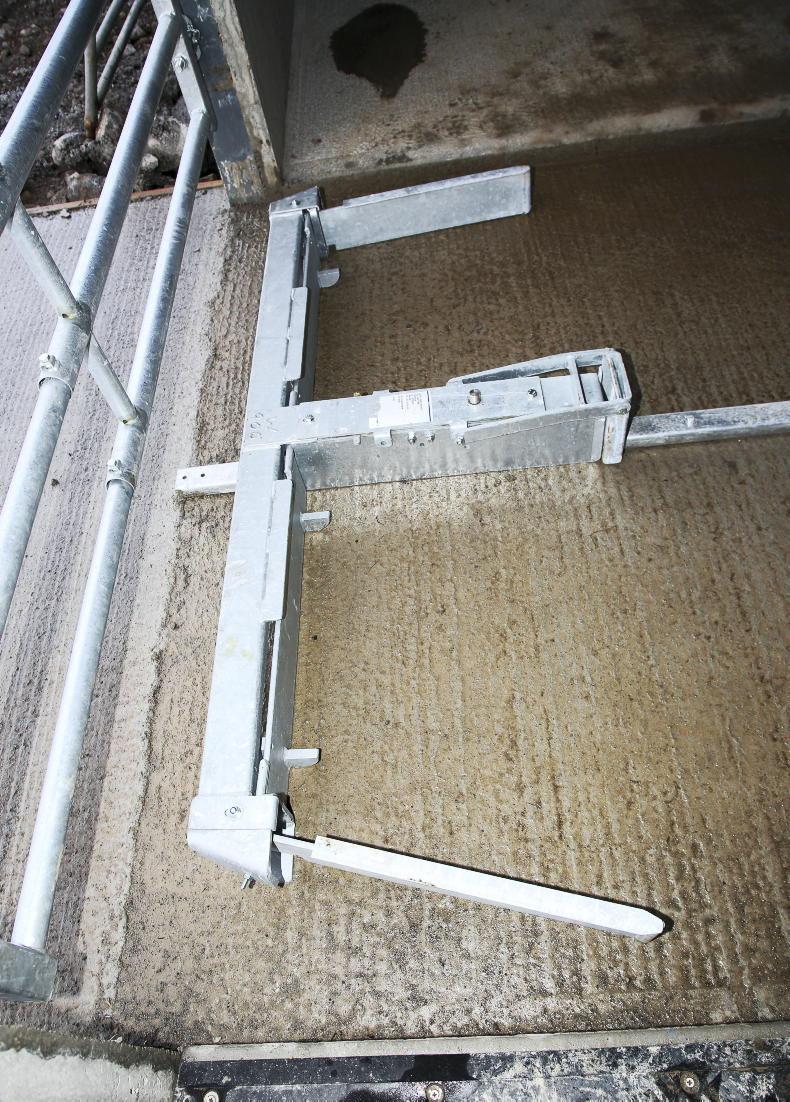
Automatic slurry scrappers are one of a number of items highlighted as delivering an environmental good through removing slurry to covered tanks.
The standard grant aid for general farm investments will be 40% to a higher investment ceiling of €90,000 per holding.
In the case of partnerships this will increase to €160,000, while the level of grant aid for certain animal welfare-related projects in the pig and poultry sector could be upwards of €200,000 per holding.
The main subsets listed under this category include aid for animal welfare, nutrient storage, tillage farming and dairy farming. Support for improving animal welfare will be focused towards the modernisation of existing facilities and the construction of new animal housing.
Similar to TAMS, aid under nutrient storage will be provided for through investments in the construction of new farm nutrient storage facilities.
In the case of tillage and dairy farming, grant aid here is focused on investments in precision farming equipment and also in the tillage sector for low-disturbance equipment.
The document highlights that in line with Ag Climatise there will be a particular emphasis placed on supporting tillage farmers.
“The use of precision farming equipment and low-disturbance tillage equipment by tillage farmers will lead to efficiency gains and reduced use of inputs of energy, labour and machinery in the short and long term and fertiliser, water and pesticides in the medium and long term.
"Fertiliser and pesticide management will be more efficient through support for precision GPS, spraying and yield monitoring equipment.”
- 2) Young farmers and women farmers
Young farmers and women farmers are eligible for a higher rate of 60% grant aid, with the investment ceilings described above unchanged.
The document states that “the objective of a top-up for women farmers in a capital investment scheme is also to provide due recognition to women in farming and to encourage new women entrants into farming promoting gender equality in farming”.
The women farmers scheme will be available to eligible women farmers aged between 18 and 66, while the young farmers scheme will be for eligible young farmers aged between 18 and 40.
Additional eligibility criteria proposed for women farmers includes meeting conditions of being classed as “head of the holding” along with satisfying that appropriate training has been completed and/or the woman making the application possesses the necessary experience and skills.
This is as far as the document delves in to this entry route for women.
With regards young trained farmers, the requirement is that they can be aged no more than 40 years of age at any time during the calendar year in which they:
First submit an application under Pillar I measures or;Submit an application under Pillar II measures for young farmer support.They must also be considered head of the holding, and this is defined as the earliest of the following dates:
I. Date of joining a Teagasc milk production partnership or Department-registered farm partnership. II. Date of application for registering as a sole or joint user of a herd number/other Department identifier. III. In the case of joint owners/partnerships/companies, all dates of application for registering of a herd number or Department identifier will be examined and the date of setup will be the date of application for registering of individuals associated with partnership/ companies/joint applications. An applicant can only set up once and cannot set up as a young farmer twice.
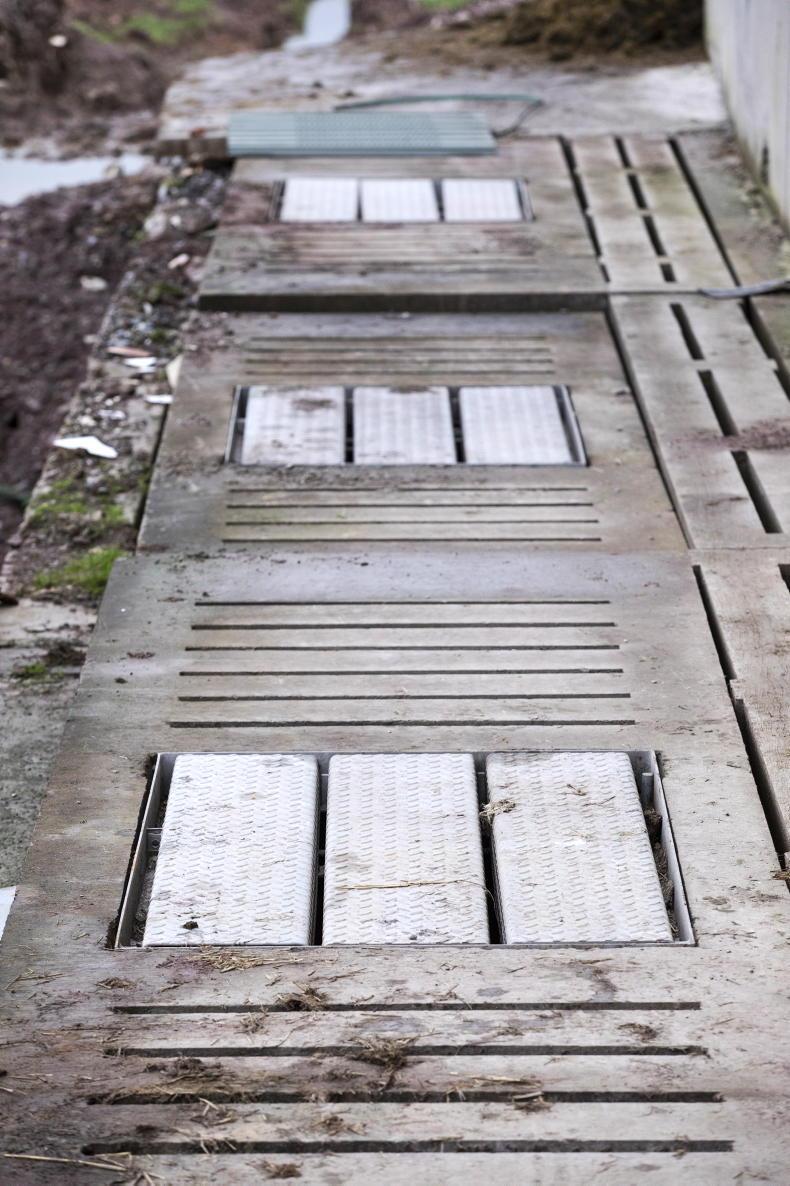
Popular items such as replacing slats or installing manhole covers are seen as offering significant safety benefits. / Donal O' Leary
- 3) Organic farmers/health and safety equipment/investments delivering specific environmental benefits
There are two levels of grant aid applicable under the third heading. Organic farmers are eligible for 60% grant aid on a broad range of investments, spanning from animal housing to the purchase of equipment such as straw choppers, farmyard manure spreaders, mowers etc.
The level of investment remains at €90,000 for individual holdings and €160,000 for partnership applications.
Grant aid of 50% will be available for investments that support farm safety.
Examples given include the replacement of slats and solid covers for slurry stores, safety rails/fences, livestock handling facilities, crushes and enclosures and associated works, calving and isolation facilities, aeration systems and some upgrading works including rewiring.
The higher rate of 50% grant aid is also proposed to be assigned to specific investments that provide a clear benefit in terms of reducing greenhouse gas emissions and providing a clear benefit to water quality.
Examples listed include investments in precision grass measurement, rainwater harvesting and storage, solar panels, heat recovery units, heat pumps, biomass boilers, ventilation and insulation.
The Department has also raised the possibility of funding being ring-fenced for measures such as installing solar panels, as is currently the case with low-emission slurry spreading (LESS) equipment.
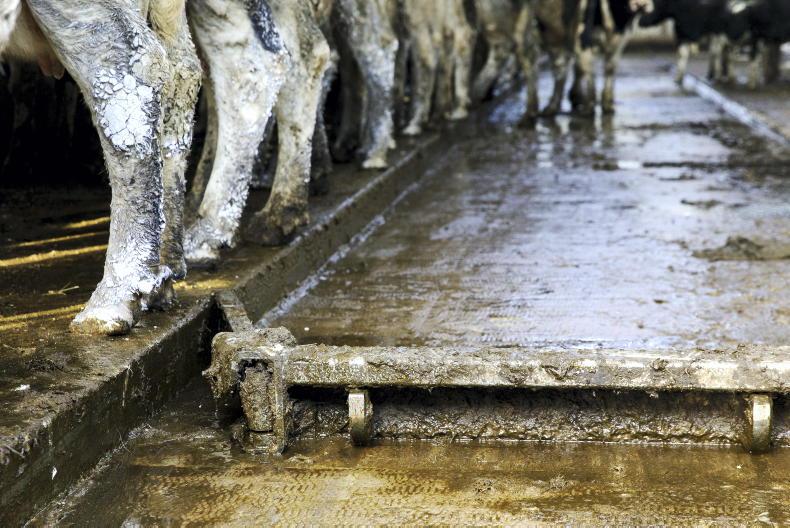
Automatic slurry scrappers are one of a number of items highlighted as delivering an environmental good through removing slurry to covered tanks. / Donal O' Leary
It is envisaged that there will be 50% grant aid for LESS spreading attachments and grant aid at a rate of 40% for a mobile tanker, umbilical pump and associated reel and pipes.
The indicative separate investment ceiling is being set at €40,000 per holding, but this will rise to €60,000 in the case of a joint application by two or more eligible partners under a registered partnership.
Investments through this route are not subject to the overall investment ceiling of €90,000/€160,000.
Application
The OFCIS will be operated in the same manner as TAMS, with applications accepted from a rolling tranche system. The Department plans to have a more comprehensive system in place for monitoring and they say this will allow low uptake investment options to be identified and removed if needed.
Link to best available techniques (BAT)
The CAP document outlines that all new pig housing is required to be low-emission housing, with best available techniques (BAT) included in pig housing design alongside the requirements for animal welfare.
This is also required for upgrading of poultry housing, and areas highlighted include reducing water spillages through the replacement of drinker systems and installation of water meters.
In terms of dairy housing, BAT examples include utilising automatic slurry scrapers in cubicle housing to regularly move slurry away from the floor of the animal housing and in to a covered tank.
Covers for slurry stores are also viewed as important in reducing the volume of gaseous emissions and these will also be included as eligible items along with circular slurry stores and geo-membrane lined stores.
Emissions are indirectly reduced by the adoption of the latest available technologies for equipment such as milk plate coolers and heat transfer units (taking heat from compressor) on dairy farms; and heat recovery units, energy efficiency upgrades including wall, roof and door insulation for pigs and poultry housing.
Other examples highlighted include the use of solar photovoltaic (PV) panels for water heating and ice building on dairy farms.
The document outlines that investments funded “must, where relevant, comply with the Directive (EU) 2018/2001, (on the promotion of the use of energy from renewable sources), and any energy generation will be limited to own consumption.”
Interest is growing among farmers and those in the construction and manufacturing industries regarding what investments will be included in the impending On-Farm Capital Investment Scheme (OFCIS).
The scheme, which replaces the Targeted Agricultural Modernisation Scheme (TAMS), has similar funding of almost €400m over the lifetime of the next CAP.
Roughly 75% of this is financed through a continuation in funding from the current Rural Development Programme (apart from items available at the increased rate for women farmers) and the remaining €100m is committed via the CAP Strategic Plan 2023-2027.
Speaking at the recent Irish Farmers Journal CAP information meetings, John Muldowney from the Department of Agriculture said that the Department were currently reviewing the existing list of eligible investments and considering a broad range of additional items.
He said that the focus at present was on the schemes with active deadlines such as ACRES and the Organic Farming Scheme and that progress would be made in the medium term in finalising the list of eligible items for inclusion.
Future direction
The CAP Strategic Plan 2023-2027 document gives some insight as to the direction or type of investments that will be prioritised and also changes to the rate of grant aid.
Investments which are viewed as mitigating against climate change are high on the agenda.
The document states: “The OFCIS provides support for investments in technologies and equipment, including rainwater harvesting and storage equipment, solar panels and heat recovery units, thereby addressing the need to encourage climate adaptation.
"It also addresses the need to increase energy efficiencies on farms through the uptake of new technologies and to facilitate the production and use of renewable energy sources through support for investments in renewable energies on farm, such as solar panels.”
There is also a higher rate of 60% grant aid for organic farmers, with the aim of encouraging more farmers to convert from conventional to organic farming.
The CAP document splits the entry routes into four main sections to outline how different farmers and farming systems will be allocated over the next five years.

Automatic slurry scrappers are one of a number of items highlighted as delivering an environmental good through removing slurry to covered tanks.
The standard grant aid for general farm investments will be 40% to a higher investment ceiling of €90,000 per holding.
In the case of partnerships this will increase to €160,000, while the level of grant aid for certain animal welfare-related projects in the pig and poultry sector could be upwards of €200,000 per holding.
The main subsets listed under this category include aid for animal welfare, nutrient storage, tillage farming and dairy farming. Support for improving animal welfare will be focused towards the modernisation of existing facilities and the construction of new animal housing.
Similar to TAMS, aid under nutrient storage will be provided for through investments in the construction of new farm nutrient storage facilities.
In the case of tillage and dairy farming, grant aid here is focused on investments in precision farming equipment and also in the tillage sector for low-disturbance equipment.
The document highlights that in line with Ag Climatise there will be a particular emphasis placed on supporting tillage farmers.
“The use of precision farming equipment and low-disturbance tillage equipment by tillage farmers will lead to efficiency gains and reduced use of inputs of energy, labour and machinery in the short and long term and fertiliser, water and pesticides in the medium and long term.
"Fertiliser and pesticide management will be more efficient through support for precision GPS, spraying and yield monitoring equipment.”
- 2) Young farmers and women farmers
Young farmers and women farmers are eligible for a higher rate of 60% grant aid, with the investment ceilings described above unchanged.
The document states that “the objective of a top-up for women farmers in a capital investment scheme is also to provide due recognition to women in farming and to encourage new women entrants into farming promoting gender equality in farming”.
The women farmers scheme will be available to eligible women farmers aged between 18 and 66, while the young farmers scheme will be for eligible young farmers aged between 18 and 40.
Additional eligibility criteria proposed for women farmers includes meeting conditions of being classed as “head of the holding” along with satisfying that appropriate training has been completed and/or the woman making the application possesses the necessary experience and skills.
This is as far as the document delves in to this entry route for women.
With regards young trained farmers, the requirement is that they can be aged no more than 40 years of age at any time during the calendar year in which they:
First submit an application under Pillar I measures or;Submit an application under Pillar II measures for young farmer support.They must also be considered head of the holding, and this is defined as the earliest of the following dates:
I. Date of joining a Teagasc milk production partnership or Department-registered farm partnership. II. Date of application for registering as a sole or joint user of a herd number/other Department identifier. III. In the case of joint owners/partnerships/companies, all dates of application for registering of a herd number or Department identifier will be examined and the date of setup will be the date of application for registering of individuals associated with partnership/ companies/joint applications. An applicant can only set up once and cannot set up as a young farmer twice.

Popular items such as replacing slats or installing manhole covers are seen as offering significant safety benefits. / Donal O' Leary
- 3) Organic farmers/health and safety equipment/investments delivering specific environmental benefits
There are two levels of grant aid applicable under the third heading. Organic farmers are eligible for 60% grant aid on a broad range of investments, spanning from animal housing to the purchase of equipment such as straw choppers, farmyard manure spreaders, mowers etc.
The level of investment remains at €90,000 for individual holdings and €160,000 for partnership applications.
Grant aid of 50% will be available for investments that support farm safety.
Examples given include the replacement of slats and solid covers for slurry stores, safety rails/fences, livestock handling facilities, crushes and enclosures and associated works, calving and isolation facilities, aeration systems and some upgrading works including rewiring.
The higher rate of 50% grant aid is also proposed to be assigned to specific investments that provide a clear benefit in terms of reducing greenhouse gas emissions and providing a clear benefit to water quality.
Examples listed include investments in precision grass measurement, rainwater harvesting and storage, solar panels, heat recovery units, heat pumps, biomass boilers, ventilation and insulation.
The Department has also raised the possibility of funding being ring-fenced for measures such as installing solar panels, as is currently the case with low-emission slurry spreading (LESS) equipment.

Automatic slurry scrappers are one of a number of items highlighted as delivering an environmental good through removing slurry to covered tanks. / Donal O' Leary
It is envisaged that there will be 50% grant aid for LESS spreading attachments and grant aid at a rate of 40% for a mobile tanker, umbilical pump and associated reel and pipes.
The indicative separate investment ceiling is being set at €40,000 per holding, but this will rise to €60,000 in the case of a joint application by two or more eligible partners under a registered partnership.
Investments through this route are not subject to the overall investment ceiling of €90,000/€160,000.
Application
The OFCIS will be operated in the same manner as TAMS, with applications accepted from a rolling tranche system. The Department plans to have a more comprehensive system in place for monitoring and they say this will allow low uptake investment options to be identified and removed if needed.
Link to best available techniques (BAT)
The CAP document outlines that all new pig housing is required to be low-emission housing, with best available techniques (BAT) included in pig housing design alongside the requirements for animal welfare.
This is also required for upgrading of poultry housing, and areas highlighted include reducing water spillages through the replacement of drinker systems and installation of water meters.
In terms of dairy housing, BAT examples include utilising automatic slurry scrapers in cubicle housing to regularly move slurry away from the floor of the animal housing and in to a covered tank.
Covers for slurry stores are also viewed as important in reducing the volume of gaseous emissions and these will also be included as eligible items along with circular slurry stores and geo-membrane lined stores.
Emissions are indirectly reduced by the adoption of the latest available technologies for equipment such as milk plate coolers and heat transfer units (taking heat from compressor) on dairy farms; and heat recovery units, energy efficiency upgrades including wall, roof and door insulation for pigs and poultry housing.
Other examples highlighted include the use of solar photovoltaic (PV) panels for water heating and ice building on dairy farms.
The document outlines that investments funded “must, where relevant, comply with the Directive (EU) 2018/2001, (on the promotion of the use of energy from renewable sources), and any energy generation will be limited to own consumption.”










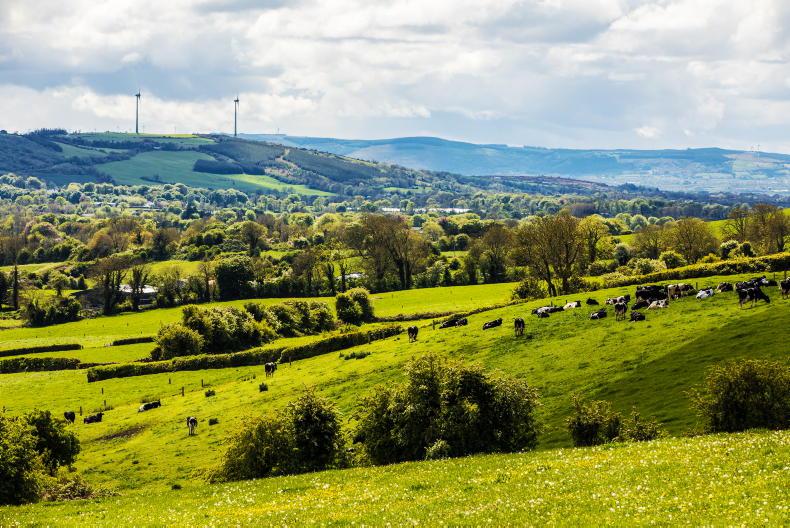
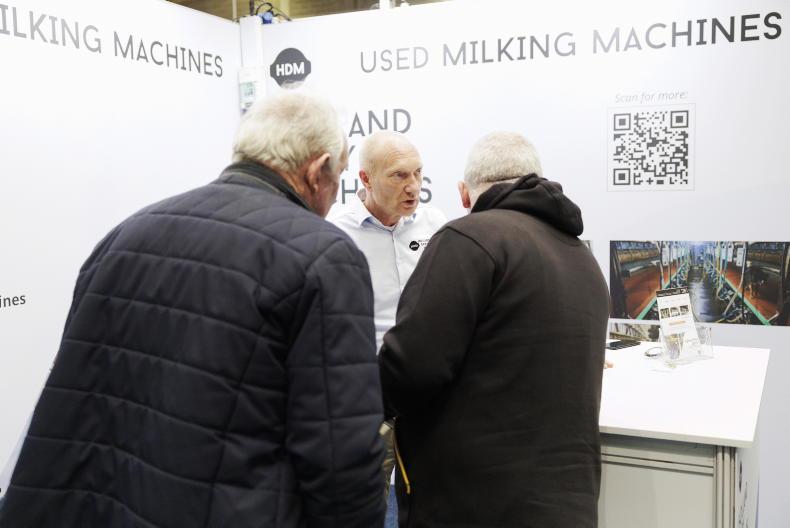
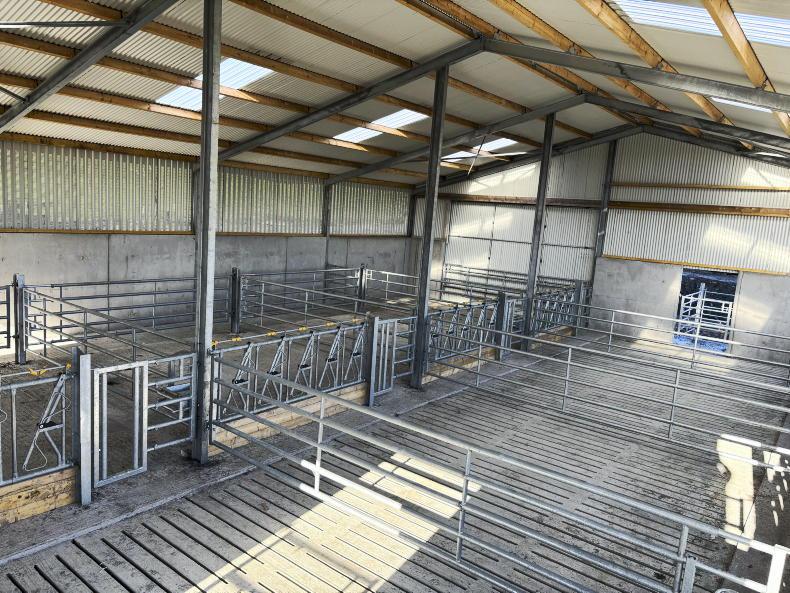
SHARING OPTIONS